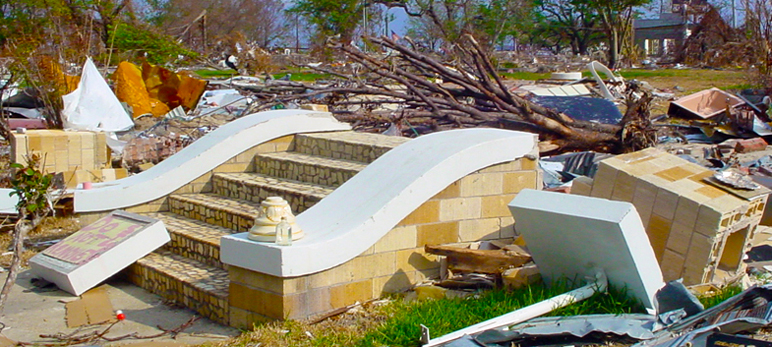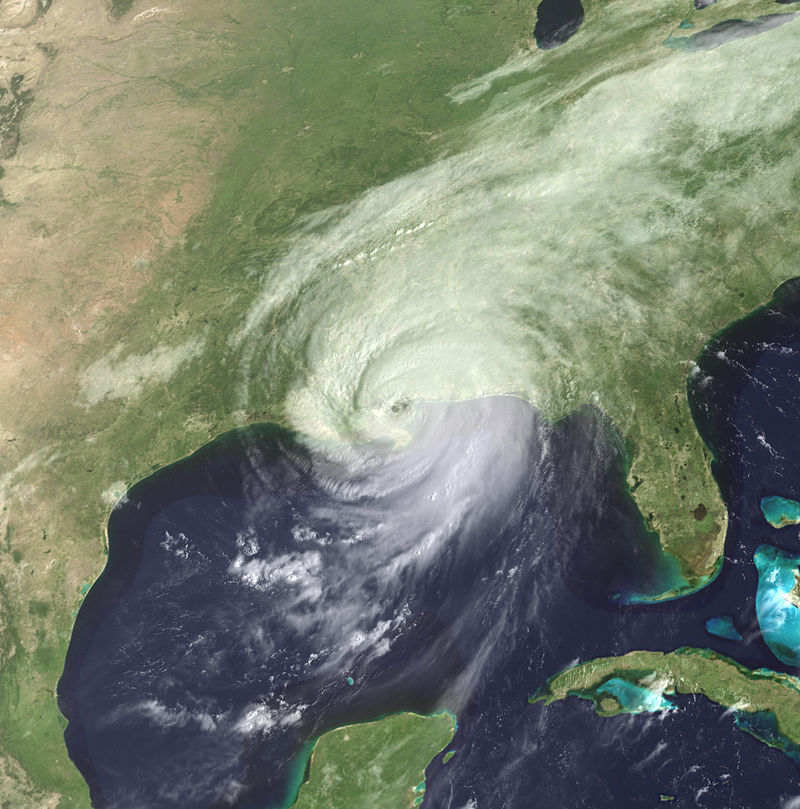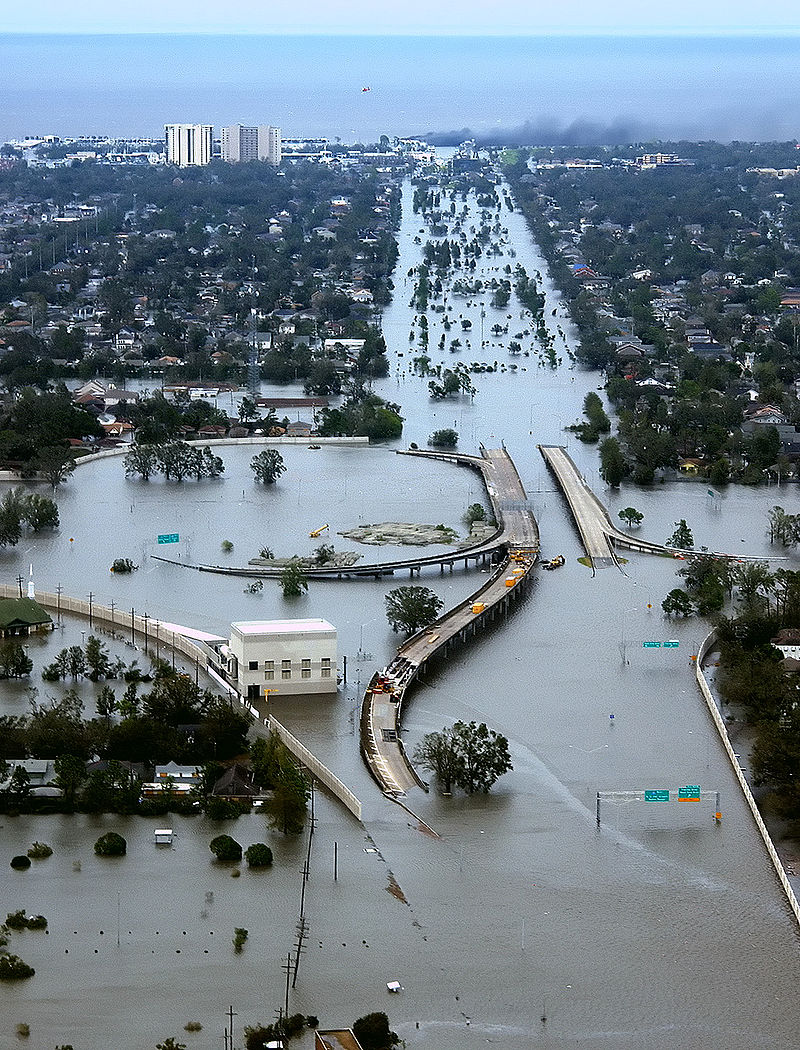Many people fell victim to Hurricane Katrina and after ten years, some residents are still seeing and feeling the destruction the hurricane caused. When people think of a hurricane disaster, they immediately think of the houses and buildings completely destroyed or even gone. Many may not know the problem caused by water levels that are still rising year after year.
One particular town that’s suffering the most is Delacroix. A resident, Rocky Morales, says that the town is slowly sinking into the water. He also says that the woods and marsh areas where he grew up are completely gone. People used the marsh to hunt for muskrat, otter, and mink and now they no longer can do that. Morales says that all of his fishermen buddies have since left the town, perhaps due to the rising sea levels. He says many of his friends believe that it will only take one more hurricane to make the whole town disappear.
It’s been 11 years since the disaster. The hurricane took over 1,830 lives and caused over 150 billion dollars of damage. New Orleans is now under a 14 billion dollar flood protection system in hopes that the state can prepare for the next time the area faces such a disaster. However, the new protection plan does not include the outlying small villages and towns.
In a little more than a century, over 1,880 square miles along the ravaged coastline have turned into water. Scientists have estimated that this is nearly the size of Delaware. They have also estimated that 17 square miles disappear yearly.
Whole cemeteries are disappearing into the sea. Historical buildings and monuments, schools, bridges, and more have all been washed away. Unfortunately, it is nearly impossible to recover any of the lost or damaged areas.
One researchers says that they are losing Louisiana’s culture and history. She says that everyone knows that the land is slowly disappearing and they have accepted that, but what they have not accepted is what society will be like when the land is gone. One day what is there could be washed away and completely gone.
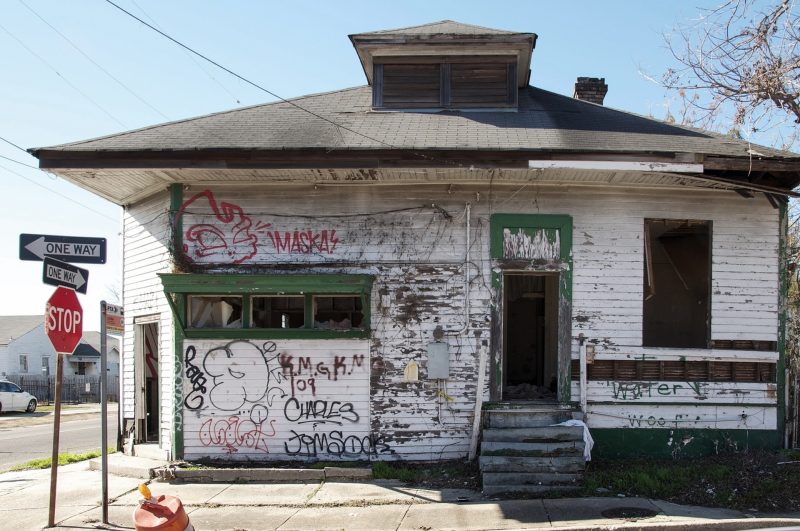
It is not hard to understand that frequent hurricanes speed up in the disappearance of the towns and villages, however it’s also known that it will only take another hurricane as large as Katrina to wash the entire town of Delacroix away. Morales explains that the people still living in the town either put their houses on stilts to keep the water out or put wheels on the homes so that they can flee before a storm hits. He points out that the area that used to surround him was solid land until Katrina turned it all into lakes. Morales points to a bunch of dead oaks that look like a hallway through the water. He says that they used to line a road which is completely gone.
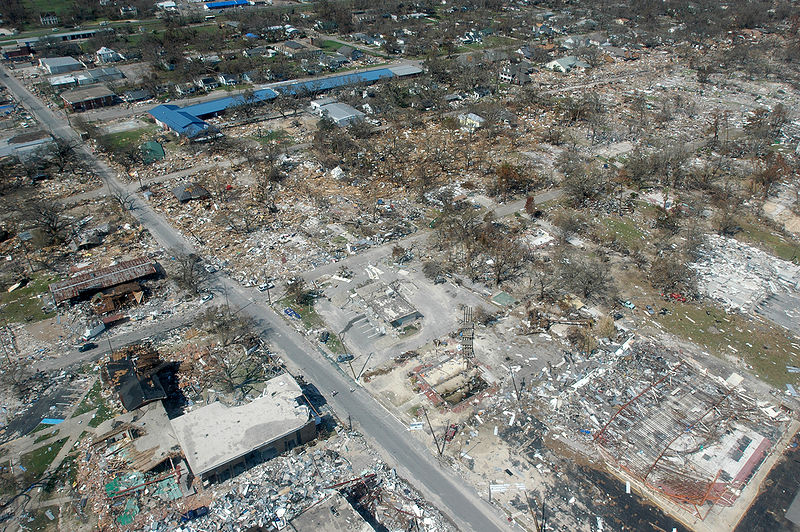
Hurricanes are nothing new to New Orleans. It all started in 1965 when Hurricane Betsy gave the state a beating. Betsy ended up hitting nearly the exact same spots Katrina did, which made this last disaster of even greater impact. Scientists believe that although many of hurricanes were obviously natural causes, some of the man-made factors also helped speed up the loss of the wetlands in certain areas.
Scientists have estimated that the water level will rise 3 feet or more in the next 100 years, or an inch per year. Along with the constant hurricanes, oil drilling has really put a strain on the state. Other factors also speed up erosion and damage, including the clear-cut logging that took out swamp forests in the 1800s, oyster dredging, gas pipelines across the wetlands, and urban development.
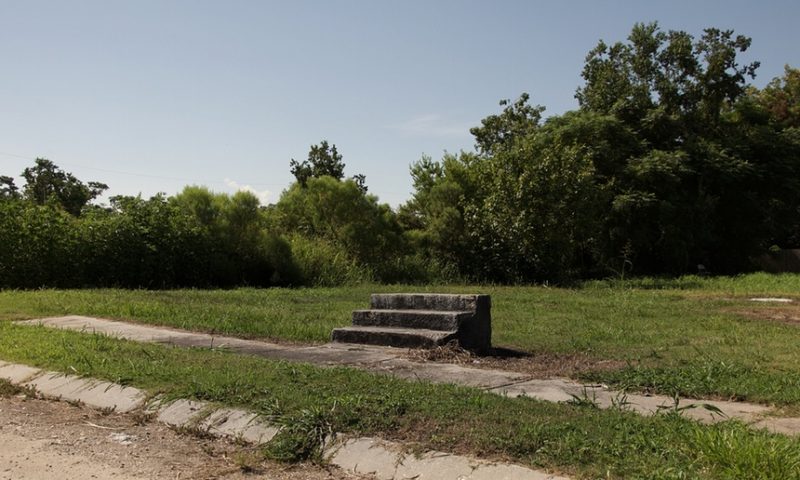
One spokesman and worker for the Environmental Defense Fund says that he has been working on many options and plans for the restoration of Louisiana’s coast. Along with the help of the residents and outside resources, it could possibly be done. However, the governor may not pass the act, mostly because the billions of dollars the government has already spent on the coastal reconstruction has not stopped the rising sea levels.
Katrina alone caused over 190 square miles of erosion in a matter of a few days. This is almost as much a loss of land as the area of New Orleans itself. Louisiana has worked on raising money to help with the coastal issues as well as implementing a program of pumping dirt into the open waters in hope of counterbalancing the effects of wind and water. With the help of its governor, Louisiana and its residents developed a 50-year plan to reverse the land loss.
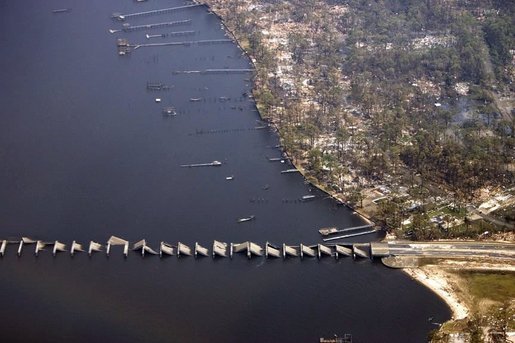
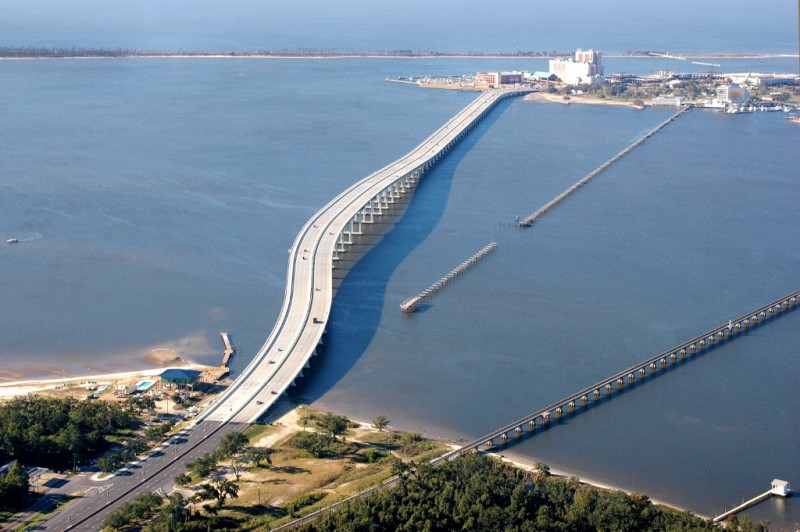
After the coastal projects, there were some successful rebuilding attempts. However, the erosion and damage progresses faster than the reparations. Pretty soon the total loss will outweigh the successes. Many people have left Louisiana or the areas that are at risk, afraid of going through another deadly hurricane.
Another town used to be home for 40 families and now there are only 12 families left. One 71-year-old man says that the government won’t do anything to help the small villages, and the only thing the residents are told is to stay behind the levees so as not to be in danger when the next hurricane hits. Only some families are brave enough to stay in front of the levees. This is because their jobs involve fishing and trapping, and they would not have jobs or income if it was not for the sea.
Some scientists believe that Katrina was especially destructive because the buffer between New Orleans and the Gulf had already started eroding before the hurricane hit. They believe this because in 1915 there was an equally strong hurricane, but due to the ridges, marshes, and forests, New Orleans never flooded after that disaster. The state government has looked to the Netherlands for ideas, since that country has also dealt with rising waters. Louisiana’s hoping that maybe the Netherlands has some tips as to keep the damage away.
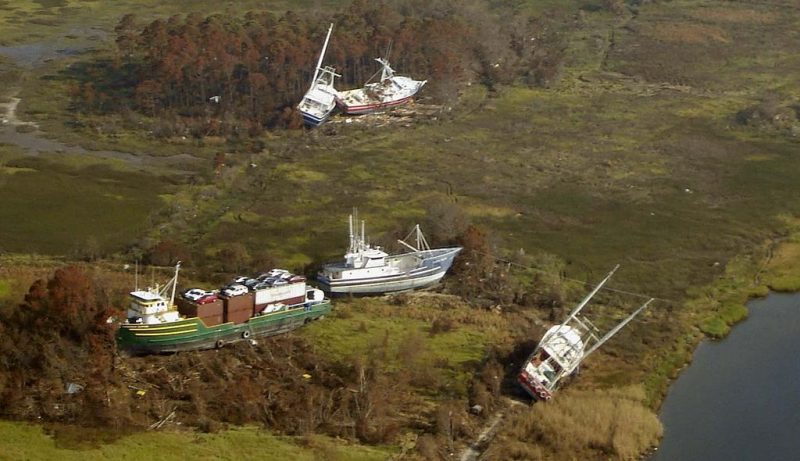
Lead image credit@ photosfromkatrina
